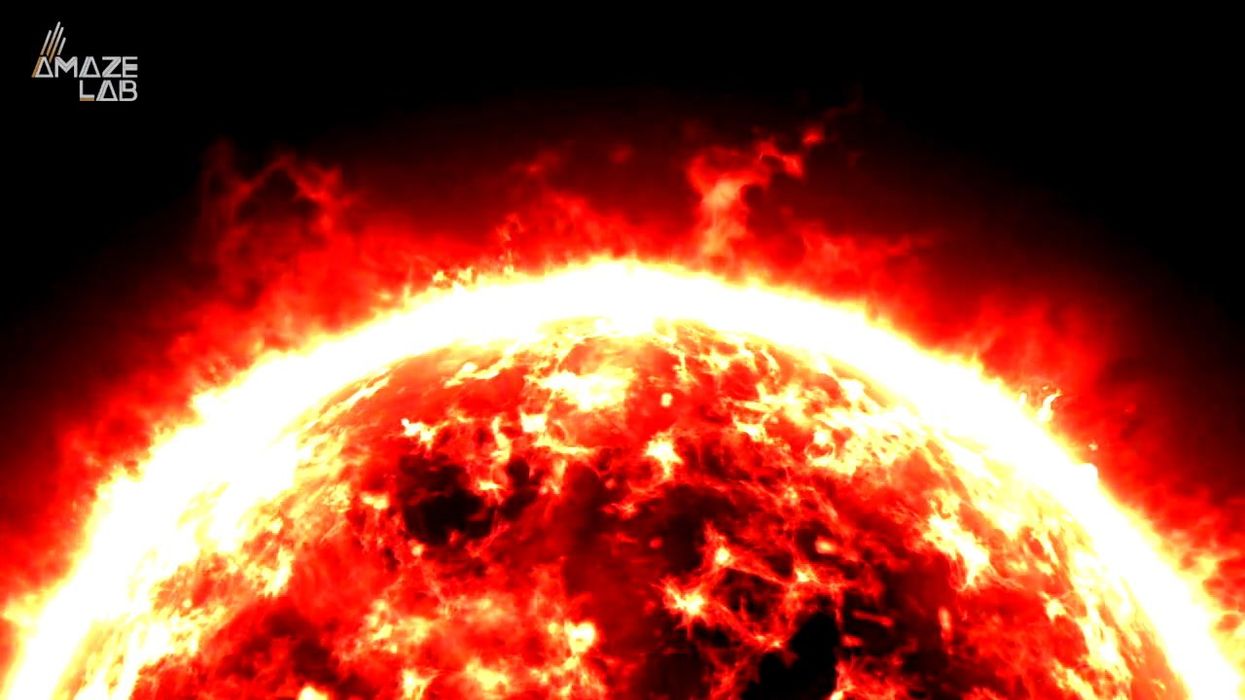Catherine Shuttleworth
Jul 04, 2023
In World First Scientists Create Tiny Solar Flares In a Lab
content.jwplatform.com
A recent solar flare caused a brief radio blackout in parts of the western US and the Pacific Ocean.
On 2 July 2023, at 19:14 EST, an active sunspot region called AR 3354 unleashed an X-class solar flare - the most powerful category of which the Sun is capable. The flare was recorded at X1.0 (the biggest solar flare was X28, recorded almost 20 years ago).
The flare disrupted high-frequency radio signals on the Sun-facing side of Earth at that time.
Whilst it may sound serious, no indication of a coronal mass ejection was found by astronomers, and the flare died down without further incident. Coronal mass ejections commonly occur alongside solar flares, and launch streams of plasma far into space.
The flare was consistent with the current solar cycle as we head towards the 11-year peak of solar activity. The Sun goes through peaks and lows of activity, called solar maximum and solar minimum, every eleven years.
Sign up to our free Indy100 weekly newsletter
It’s not entirely known what drives these cycles, but astronomers record it based on sunspot numbers. Sunspot are temporary regions where magnetic fields are particularly strong and the Sun’s magnetic field controls its activity.
Solar flares and coronal mass ejections are produced by magnetic field lines snapping and reconnecting, often at sunspot sites. This produces a burst of energy, which manifests as a solar eruption.
Solar Cycle 24 concluded in 2020, which was the last solar minimum. We’re now in Solar Cycle 25, with the next solar maximum anticipated some time around July 2025.
Whilst the recent solar flare was relatively mild, more powerful flares could potentially interfere with satellite communications, including navigation systems. As well as causing power grid fluctuations and blackouts.
Solar Cycle 25 has been predicted by scientists to be one of the strongest on record, and it definitely seems like we’re on track.
Have your say in our news democracy. Click the upvote icon at the top of the page to help raise this article through the indy100 rankings.
Top 100
The Conversation (0)














